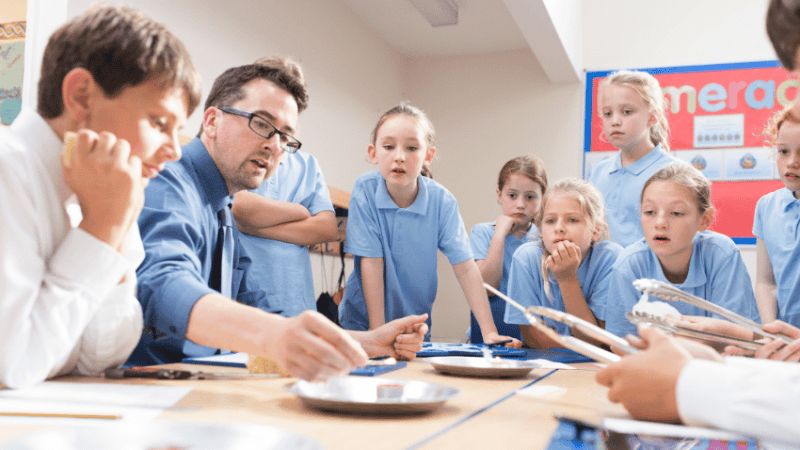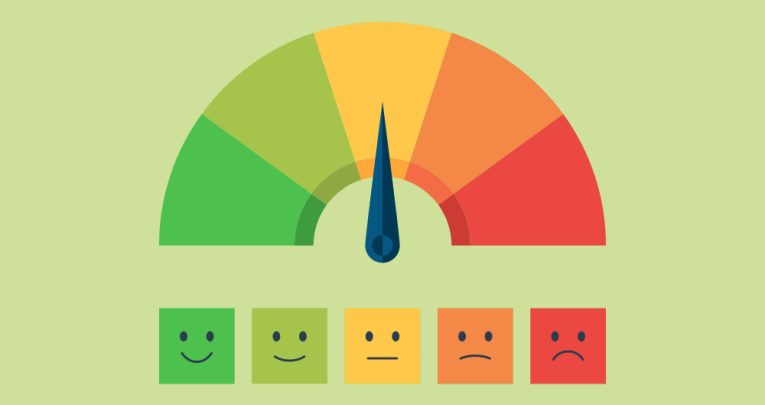Summer school – Could pupils benefit from an August programme?

Nikki Cunningham-Smith examines the practicalities, risks and benefits of organising a school study programme over the summer months

For years, teachers have discussed whether there’s a dip in students’ attainment at the start of the autumn term, compared to the end of the previous summer term.
A 2023 analysis of standardised scores by FFT Education Datalab found that “in general, Autumn term results tend to be lower than the previous Summer term. By contrast, Summer term results are, on average 3 points higher than Spring term results.”
Interestingly, the same analysis also found that the greatest variability between pupils’ results seemed to occur during autumn. It suggested that “the summer affects some pupils more than others.”
Proof of progress
One way of responding to this need has been the top-up funding made available to schools to facilitate the catch-up of Y7 pupils.
The need to support those pupils with lower starting points, remains ever present and carries over throughout the Key Stages.
But could it be possible, with sufficient creativity, for schools to embed systems that consistently show students’ results and progress over time?
And could such a system perhaps be instrumental in levelling the playing field when it comes to students’ attainment?
Research says that lower-income students tend to have fewer opportunities to access summer clubs or visit museums and libraries.
These can provide valuable learning opportunities over the period when schools are shut. Could having access to prescribed extracurricular activities in school help to remedy this?
We would, of course, need to carefully consider how to staff such programmes. If what we’re trying to do is raise pupils’ attainment, then it follows that we would need access to QTS-qualified educators.
This should, at the very least, provide a level of quality assurance, since we will need to later demonstrate how our summer study system attendees have been able to make tangible progress.
‘Pre-learning’ versus ‘standalone’
While this wouldn’t (and indeed shouldn’t) become a new expectation for staff during the holiday season, I do believe that there will always be teachers willing to sign up for a summer study scheme in return for financial remuneration. After all, just look at the market for exam markers.
A more difficult question is whether our system should be an exercise in ‘pre-learning’, and hence be informed by the National Curriculum. Or should it function a separate, standalone programme?
I think this would ultimately be for schools to decide, based on engagement levels and determination of need.
Would there realistically be enough time in the teaching year to carry out a form of assessment that could identify the learning gaps you need to address in a summer programme?
And even if there was, should individual schools execute this process? Or might there be some shared capacity for creating centralised tests and a scheme of work for students to follow?
Alternative ways to learn
As a SENCo, I once set up a summer school provision myself. Staff handed me a list of names and told me I had to improve the students’ basic English, maths and science attainment based on their SATs results.
The school had run a summer programme previously, but it was poorly attended. Upon closer examination, I could see why.
Staff told select pupils that they needed to attend a ‘summer school’ to catch up with the rest of their peers. These were pupils who had no real interest in school.
Trending
They were now being told that they had to exchange their eagerly awaited summer holiday freedom for more time in the classroom, engaged in topics they had no interest in.
I decided to use the programme as an opportunity to reignite their love for learning. I packaged the week as ‘Alternative Ways to Learn’.
We visited a local science museum and went on an ice-skating trip. We visited a local beach and arcade and built dens in a nearby forest.
Different environment, same outcomes
So how did this exciting timetable of day trips result in any actual summer learning? Well, we attached each day and activity to a class-based lesson.
The science museum obviously tied into one of our science days. We used the ice-skating trip as the basis for discussion of how the ice beneath the blades of ice skates generated sufficient pressure to undergo a phase change from solid (ice) to liquid (water).
Thereafter, we spent a whole afternoon working on the different phases of matter.
Our beach trip then fed into an English session built around the writing of a scene, with the view as our stimulus.
As we sat on the sand, we used differentiated reading comprehension materials and engaged in a mark-making session. This was intended to improve some of the students’ fine motor and handwriting skills.
Our beach activity also helped students to engage with oral language skills. It gave them opportunities to answer questions freely in an environment they didn’t associate with being in a classroom, yet which still delivered the same outcomes.
Arcades and den-building
Our arcade trip meanwhile provided a chance for them to work on their maths skills. The 2p machine challenged their skills at multiplying by 2. Each pupil was given an equal budget and then tasked with keeping track of their spending.
They were also given a watch and told to make sure they reported to specific places at specific times. The games within the arcades supported a deeper subsequent lesson on problem-solving and computer coding.
The den building supported another day of English work. Pupils devised a world where they had to survive in the wild.
Once their dens and ‘villages’ were created, we came up with sets of rules for their new society. We wrote descriptive pieces reflecting on what had led them to having to flee for the woods in the first place.
Built-in learning
Yes, the letter that got sent home did invite the pupils to attend a solid a week of fun that most of them would have likely struggled to access otherwise, simply due to their socio-economic status.
But I would argue that another factor contributing to the programme’s eventual success was how these pupils – who could otherwise have expected to see a drop in their results – didn’t bargain for the built-in learning opportunities that they got.
Attendance at the summer programme was high, and the following year we even saw pupils wanting to engage who hadn’t been identified as requiring the additional intervention. That can be a common issue after a programme proves successful – but pupils actively wanting to engage more with school than they already are is at least a nice headache to have.
Set-up considerations
- Consider your staffing capabilities and seek input from staff whose creativity and engagement levels are their superpower.
- Identifying pupils who might benefit from the programme and delivery of the programme itself should be possible with the aid of free resources that are readily available online.
- Investigate possible sources of funding so that pupils can attend for free.
- Understand your cohort so that you can get those who need to attend to actually….attend.
- Ensure that your summer activities are appropriately impactful, and devise a system for measuring the extent of that impact.
Nikki Cunningham-Smith is an assistant headteacher based in Gloucestershire








